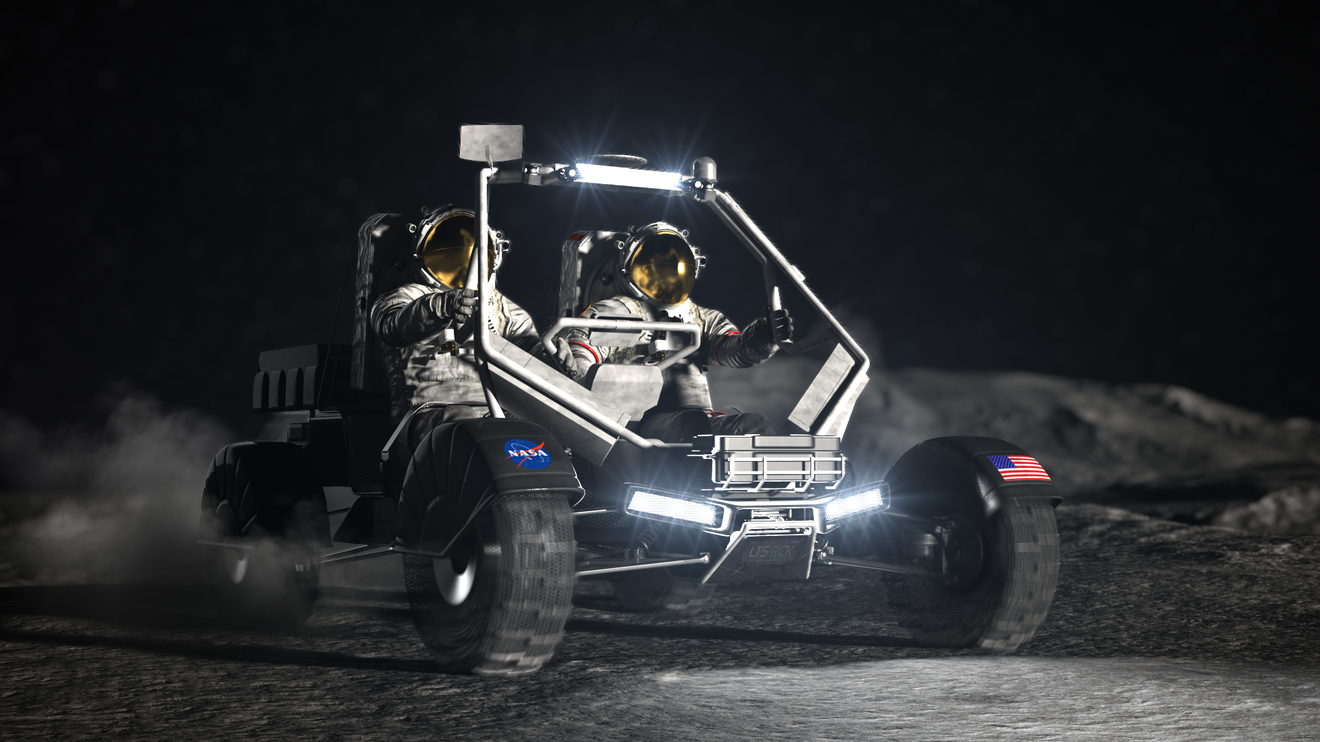HPSC: Transforming Spaceflight Computing with Radiation-Hardened Multicore Technology

Goddard’s ETD is leveraging the groundbreaking computational capabilities of NASA’s High Performance Spaceflight Computing (HPSC) to develop advanced mission concepts and technologies that will usher in a new era of space exploration.
NASA’s High Performance Spaceflight Computing (HPSC) project is developing a next generation spaceflight computing system with revolutionary advancements in processing performance, power management, fault tolerance and connectivity.
HPSC is a fault tolerant, rad-hard-by-design (RHBD), modern cache-coherent multicore System-On-Chip (SoC) 64-bit microprocessor with unparalleled end-to-end sensor data ingestion and edge processing capabilities facilitated by a built-in 240Gbps enterprise grade TSN Ethernet switch and High Performance Computing (HPC) features. HPSC effectively combines modern computing architectures, with state-of-the-art networking features, and fault tolerance and recovery mechanisms beyond any processor used in space applications in the past.
Goddard HPSC Technology Initiatives
Time Sensitive Network Embedded Technology (TNET)
While HPSC offers substantial advancements in processing capability, it also provides Time Sensitive Networking (TSN) Ethernet network features that will enable entirely new and advanced system architectures, including distributed avionics, data processing, and system level interactions across a network. One key to furthering the adoption and infusion of HPSC is to understand how best to use the network features to enable architectures for crewed, robotic, and distributed systems. Engineers at Goddard and across the agency are supporting a study to evaluate and provide reference deployments and performance metrics of key features that future missions can leverage to architect distributed systems.
cFS and HPSC Integration Enhancements
NASA’s core Flight Software (cFS) is a platform-independent, reusable software framework designed to expedite flight software development. Its success has enabled infusion in many NASA missions, as well as with the U.S. growing commercial space economy. The cFS team is working across the Agency to build enhancements into the cFS framework that will fully leverage the multi core and networking capabilities of HPSC to support our next generations of missions and industry partners. Read more about cFS and HPSC Integration.

Delay Tolerant Networking Integration Enhancements
Delay/Disruption Tolerant Networking (DTN) is a suite of standard protocols that use information within the data stream (headers attached to data units) to accomplish end-to-end data delivery through network nodes. Supporting a robust network of multiple lunar assets with advanced communication links and data paths presents a computational challenge to transmit and process data and commands. NASA Goddard is working on infusing the DTN data processing capability with the power of HPSC, ensuring reliability and availability of communication networks for our lunar assets and beyond.

Quantum Detector Readout
Cutting edge quantum sensors such as Microwave Kinetic Inductance Detectors (MKID), Transition Edge Sensors (TES), and microwave Superconducting Quantum Interference Devices (SQUID) offer unprecedented perception into the origins of our universe by detecting subtle features of interest across broad spectrums of observation. Discovering these groundbreaking features requires processing tremendous rates of data, real time, in the radiation environment of space. HPSC offers the data processing performance necessary to fully leverage these advanced sensor architectures, and GSFC is working to design and build future detector readout systems that combine both cutting edge technologies.

AutoNGC
As NASA supports more missions to explore our moon, Mars, and further out into the solar system there is an increased need for missions to function autonomously. Goddard engineers are working to infuse the processing power of HPSC with the autonomous Navigation Guidance and Control (AutoNGC) framework to enable new capabilities such as terrain relative navigation, which could be deployed to rovers and astronauts working on the lunar and Martian environments.
